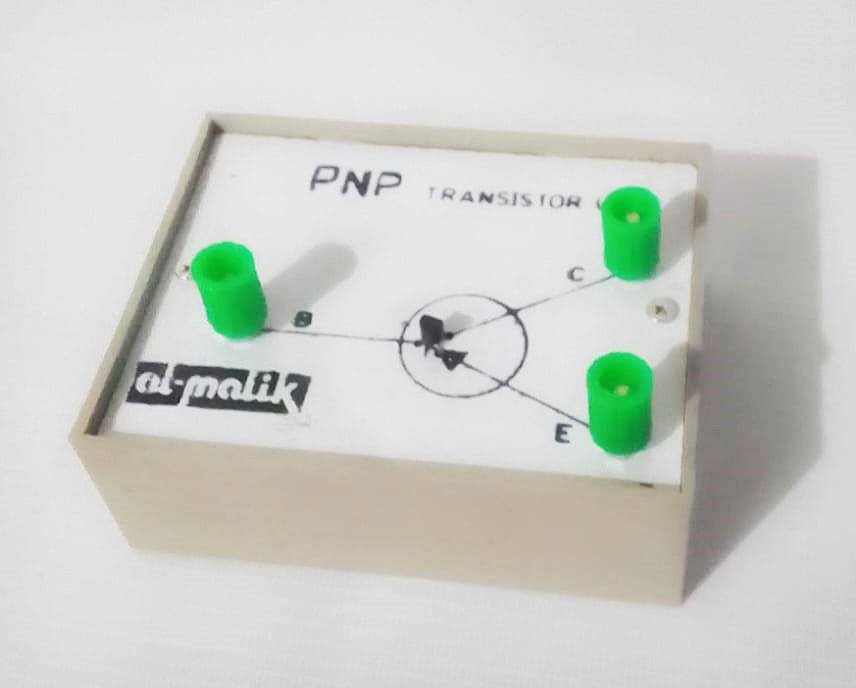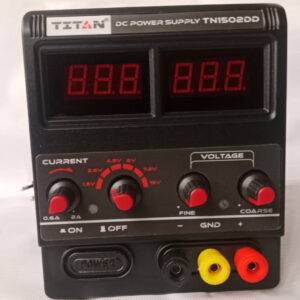Description
PNP Transistor Characteristic App. (4m) Best Quality
The PNP Transistor Characteristic App is a high-quality educational tool designed to help students, engineers, and electronics enthusiasts understand the fundamental behavior and characteristics of PNP Transistor in a clear, interactive manner. This 4-minute app demonstration delivers an insightful visualization of how PNP transistors operate, including key parameters like current flow, voltage behavior, and amplification properties.
Key Features:
-
Interactive Simulation: Observe the flow of holes and electrons in the pnp symbol and how base current controls the emitter and collector currents.
-
Characteristic Curves: Easily visualize output characteristics such as collector current (I_C) vs. collector-emitter voltage (V_CE) under different base currents (I_B).
-
Clear Explanations: Step-by-step explanations of transistor action, junction biasing (emitter-base forward, collector-base reverse), and transistor switching.
-
User-Friendly Interface: Intuitive controls suitable for learners at all levels, from beginners to advanced electronics students.
-
Accurate Modelling: Based on real transistor physics to ensure accurate characteristic curves and practical insights.
Why Use This App?
-
Understand the basic function of a pnp symbol, a device made of P-type material sandwiching an N-type region.
-
Learn how the transistor acts as a current amplifier and as a switch.
-
Get familiar with input/output characteristics and the effect of varying base current.
-
Perfect for quick demonstrations in labs or self-study with precise 4-minute tutorials.
This app is ideal for electronics courses, hobbyists, and professionals who want to reinforce their understanding of PNP transistors without requiring complex hardware setups. It bridges theory and practical knowledge by providing a clear, concise, and engaging learning experience.
FAQ
Q1: What is a PNP Transistor?
A PNP Transistor consists of two P-type semiconductor layers separated by an N-type layer. It controls current flow by using a small base current to switch larger currents between the emitter and collector.
Q2: How does the PNP Transistor differ from an PNP Transistor?
In a PNP transistor, the current flows from the emitter to the collector, and the base must be negative relative to the emitter for it to conduct. This is opposite to NPN transistors where current flows from collector to emitter and the base is positive.
Q3: What are the main terminals of a pnp symbol?
The three terminals are the Emitter (E), Base (B), and Collector (C).
Q4: What does the characteristic curve of a pnp symbol show?
It shows the relationship between the collector current (I_C) and collector-emitter voltage (V_CE) at various base currents (I_B), highlighting transistor operation regions like cutoff, active, and saturation.
Q5: Can the pnp symbol be used as a switch?
Yes, by controlling the base current, a PNP Transistor can switch current flow ON or OFF, which is essential in digital circuits and power control.
Q6: Why is understanding transistor characteristics important?
It helps in designing and troubleshooting amplifier circuits, switches, and other electronic components where transistors are fundamental.
Q7: Is the PNP transistor characteristic app suitable for beginners?
Yes, the app is designed with simple interactive explanations to make learning easy for both beginners and advanced users.





Reviews
There are no reviews yet.